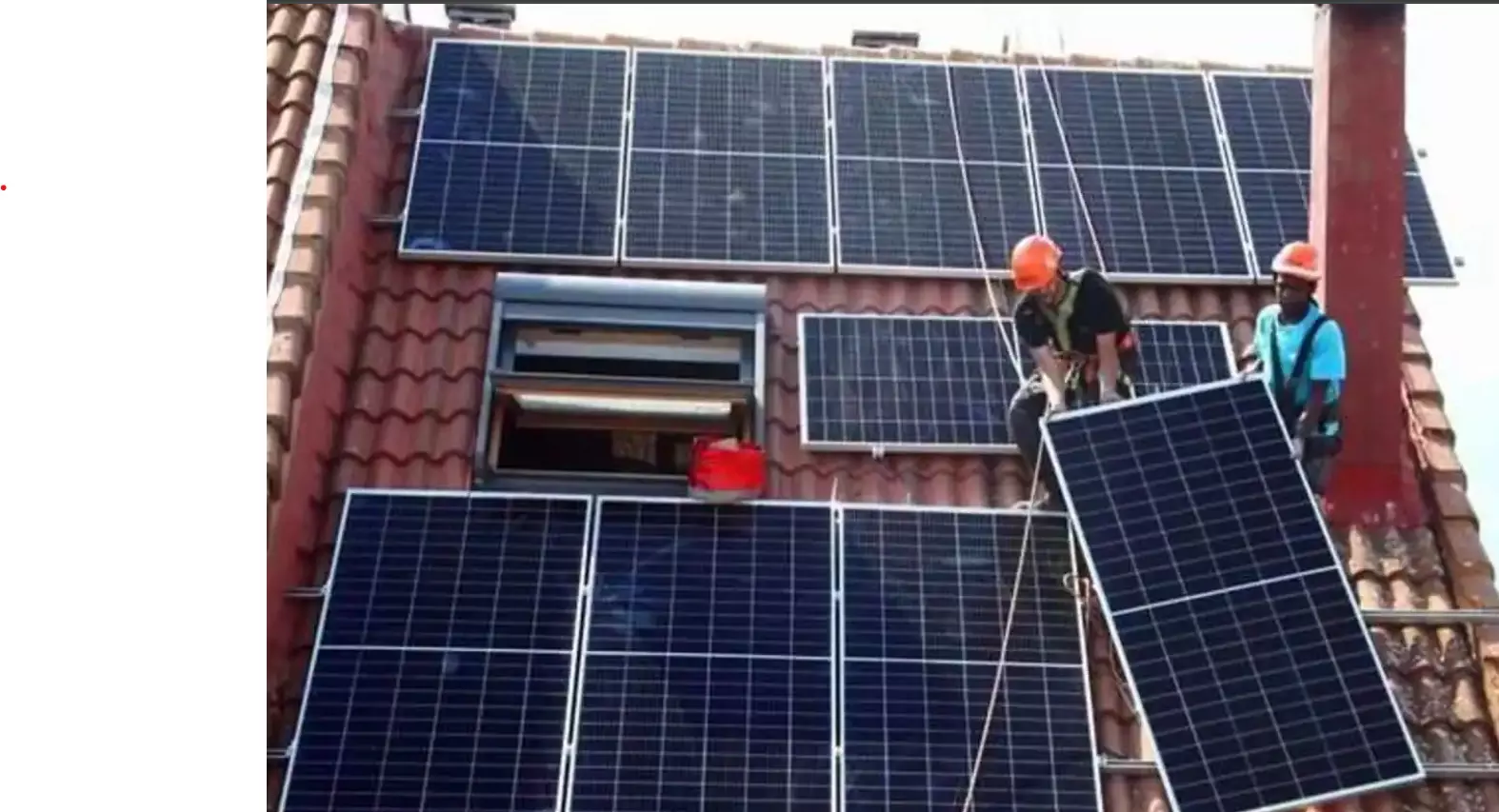Prospering under the Sun

The recent launch of, and emphasis on the 'Pradhan Mantri Suryodaya Yojana' (PMSY) marks a significant milestone in India's renewable energy journey, specifically in the realm of rooftop solar (RTS) panels. With the aim to provide 10 million low and middle-income households with RTS panels, this initiative signals a progressive step forward in India's commitment to sustainable energy practices. Finance Minister Nirmala Sitharaman, in her Budget Speech, reiterated the government's pledge, highlighting the benefits for beneficiaries, including free electricity up to 300 units per month and the opportunity to sell surplus solar energy, potentially resulting in substantial annual savings. The program's structure, which entails an increase in the Central government subsidy from 40 per cent to 60 per cent, with the remaining share financed by private developers affiliated with public sector units of the Power Ministry, exhibits a collaborative approach to fostering renewable energy adoption.
Undoubtedly, the PMSY initiative is not just a commendable endeavour but also an essential one. Despite significant progress in boosting solar energy capacity over the past decade, India has fallen short of its renewable energy targets, particularly in the solar energy sector. While the target was set at 175 GW of renewable energy by 2022, India only managed to achieve a solar energy capacity of 121 GW, with solar capacity accounting for 62 GW. Despite this shortfall, the sector's growth at a Compounded Annual Growth Rate (CAGR) of around 60 per cent underscores India's emergence as a global player in solar energy.
However, the same cannot be said for the rooftop solar segment, which constitutes a mere fraction of the overall solar power installed capacity. Reports indicate that rooftop solar accounted for only 11.08 GW of the total installed capacity of 73.31 GW by the end of 2023. This glaring gap underscores the untapped potential of India's rooftop solar resources. Recognising this, the PMSY holds promise in harnessing this potential, with the Council on Energy, Environment, and Water (CEEW) estimating that over 25 crore households in India have the capacity to deploy 637 GW of solar energy on rooftops. Therefore, the significance of incorporating households into India's solar energy trajectory cannot be overstated.
Despite its potential, the path ahead for India's rooftop solar sector is not without challenges. Strengthening the supply chain of rooftop solar components through domestic interventions, fostering collaboration between private entities, distribution companies (discoms), and other stakeholders, and addressing regulatory hurdles are among the challenges that need to be overcome. Additionally, ensuring affordability and accessibility for low and middle-income households will be crucial in ensuring the success and scalability of the PMSY initiative.
To sum up, the launch of the Pradhan Mantri Suryodaya Yojana represents a pivotal moment in India's renewable energy journey, particularly in the rooftop solar segment. By addressing the pressing need to harness India's rooftop solar potential, the initiative not only contributes to the country's energy security but also fosters sustainable development and economic growth. However, concerted efforts from policymakers, industry stakeholders, and civil society will be required to overcome the challenges and realise the full potential of rooftop solar in India.




